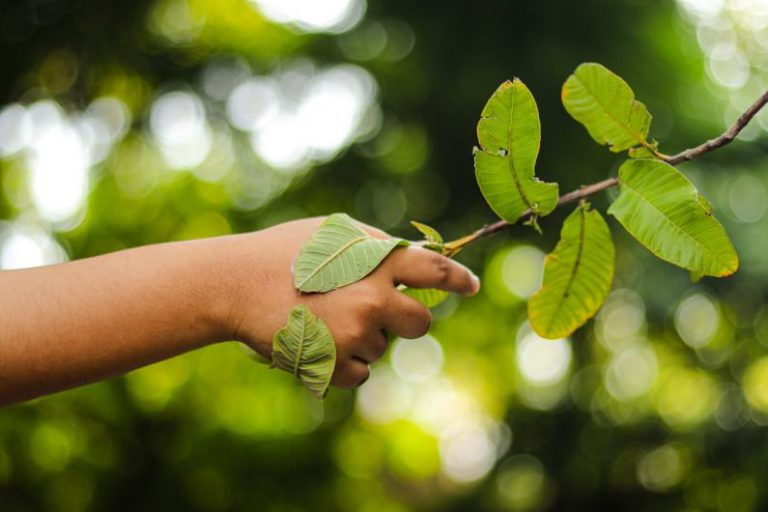The Role of Sustainable Rubber Plantations in Tire Retreading
**The Role of Sustainable Rubber Plantations in Tire Retreading**
Rubber plantations play a crucial role in the tire industry, with sustainability at the forefront of many companies’ agendas. The process of tire retreading, which involves giving worn tires a new tread, is gaining momentum due to its cost-effectiveness and environmental benefits. In this article, we delve into the significance of sustainable rubber plantations in supporting the tire retreading industry.
**Understanding Tire Retreading**
Tire retreading is a process where worn tire casings receive a new tread instead of being disposed of. This method significantly reduces waste and extends the lifecycle of tires, making it an attractive option for both economic and environmental reasons. By reusing tire casings, the demand for new tires is reduced, leading to less raw material consumption and lower carbon emissions associated with tire production.
**The Importance of Sustainable Rubber Plantations**
Sustainable rubber plantations are essential for the tire retreading industry as they provide a reliable source of high-quality rubber for retreaded tires. These plantations follow environmentally friendly practices, such as reforestation, biodiversity conservation, and fair labor conditions. By supporting sustainable rubber plantations, tire manufacturers ensure a steady supply of raw materials while contributing to social and environmental welfare.
**Environmental Benefits of Tire Retreading**
One of the primary advantages of tire retreading is its positive impact on the environment. By reusing tire casings, the need for raw materials is reduced, leading to lower energy consumption and greenhouse gas emissions associated with tire production. Additionally, retreaded tires help minimize landfill waste, as worn-out tires are given a new lease on life instead of being discarded prematurely.
**Economic Advantages of Tire Retreading**
Apart from environmental benefits, tire retreading also offers significant economic advantages. Retreaded tires are more cost-effective than new tires, making them an attractive option for commercial vehicle fleets and individual consumers looking to save money without compromising on quality. The extended lifespan of retreaded tires translates to lower maintenance costs and reduced downtime for vehicles, further contributing to cost savings.
**Challenges and Opportunities in Sustainable Rubber Plantations**
While sustainable rubber plantations play a crucial role in supporting tire retreading, they also face challenges such as climate change, land degradation, and social issues. Addressing these challenges requires a multi-stakeholder approach involving governments, industry players, and local communities. By investing in sustainable practices and innovation, rubber plantations can overcome these obstacles and seize opportunities for growth and development.
**The Future of Tire Retreading**
As the tire industry continues to focus on sustainability and circular economy principles, tire retreading is expected to gain further traction in the coming years. Sustainable rubber plantations will play a vital role in meeting the growing demand for quality rubber while minimizing environmental impact. By embracing innovation and collaboration, the tire retreading industry can pave the way for a more sustainable and resilient future.
**In Summary**
Sustainable rubber plantations are indispensable for the tire retreading industry, providing a sustainable source of high-quality rubber while promoting environmental and social responsibility. By supporting tire retreading and investing in sustainable practices, stakeholders can contribute to a greener, more efficient tire industry that benefits both the economy and the planet. The future of tire retreading looks promising, with opportunities for growth and innovation that prioritize sustainability and long-term viability.






